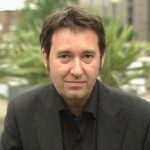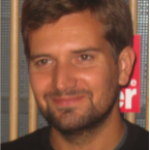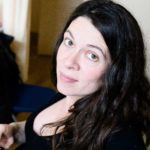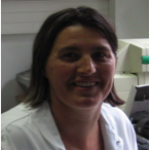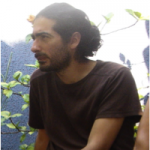Link to Pubmed [PMID] – 21394203
Link to DOI – 10.1371/journal.pone.0017289
PLoS One 2011 Mar; 6(3): e17289
Autism spectrum disorders (ASD) are a group of severe childhood neurodevelopmental disorders with still unknown etiology. One of the most frequently reported associations is the presence of recurrent de novo or inherited microdeletions and microduplications on chromosome 16p11.2. The analysis of rare variations of 8 candidate genes among the 27 genes located in this region suggested SEZ6L2 as a compelling candidate.We further explored the role of SEZ6L2 variations by screening its coding part in a group of 452 individuals, including 170 patients with ASD and 282 individuals from different ethnic backgrounds of the Human Genome Diversity Panel (HGDP), complementing the previously reported screening. We detected 7 previously unidentified non-synonymous variations of SEZ6L2 in ASD patients. We also identified 6 non-synonymous variations present only in HGDP. When we merged our results with the previously published, no enrichment of non-synonymous variation in SEZ6L2 was observed in the ASD group compared with controls.Our results provide an extensive ascertainment of the genetic variability of SEZ6L2 in human populations and do not support a major role for SEZ6L2 sequence variations in the susceptibility to ASD.


